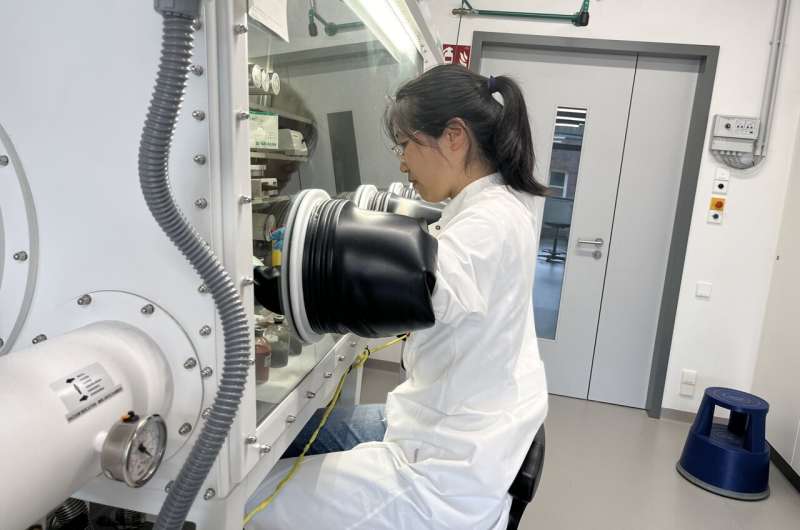This article has been reviewed according to Science X's editorial process and policies. Editors have highlighted the following attributes while ensuring the content's credibility:
fact-checked
peer-reviewed publication
proofread
Study explores dynamic role of iron oxides in organic carbon preservation in ocean floor

The preservation of organic carbon in marine sediments has long been a key question remaining unclear in understanding the long-term carbon cycling on Earth.
Recently, a collaboration between Prof. Fengping Wang's research group at Shanghai Jiao Tong University and Prof. Kai-Uwe Hinrichs at MARUM—Center for Marine Environmental Sciences and the Faculty of Geosciences at the University of Bremen has gained new insights into the dynamic cycling of iron-bound organic carbon in subseafloor sediments, which has been published in Nature Communications.
On geological timescales, the burial rate of sedimentary organic carbon exerts major control on the concentrations of atmospheric oxygen and carbon dioxide and thus substantially influences Earth's environmental conditions. In marine sediments, about 20% of the organic carbon is directly bound to reactive iron oxides (FeR).
However, the fate of reactive iron-bound organic carbon (FeR-OC) in subseafloor sediments and its availability to microorganisms, remain undetermined.
To study this, the team reconstructed continuous FeR-OC records in two sediment cores of the northern South China Sea encompassing the suboxic to methanic biogeochemical zones and reaching a maximum age of around 100,000 years.
The study reveals that in the sulfate-methane transition zone (SMTZ) with high microbial activities, FeR-OC is remobilized during microbial-mediated iron reduction processes, and consequently remineralized by microorganisms. The energy produced is able to support a substantial fraction of microbial life in the SMTZ, which is around one meter thick.
With the exception of the SMTZ, a relatively stable proportion of the total organic carbon survives the microbial degradation processes as FeR-OC and is stored in marine sediments over geological time periods.
Dr. Yunru Chen, first author of the study, says, "This means that the estimated global reservoir of FeR-OC in microbially active Quaternary marine sediments could be 18 to 45 times larger than the atmospheric carbon pool."
This study takes a critical step in assessing the stability of sedimentary FeR-OC in response to post-depositional microbial activities and sheds light on its dynamic cycling and persistence in subseafloor sediments. The results will be incorporated into the Ocean Floor Cluster of Excellence, which is coordinated at MARUM.
More information: Yunru Chen et al, Cycling and persistence of iron-bound organic carbon in subseafloor sediments, Nature Communications (2024). DOI: 10.1038/s41467-024-50578-5
Journal information: Nature Communications
Provided by Zentrum für Marine Umweltwissenschaften an der Universität Bremen




















